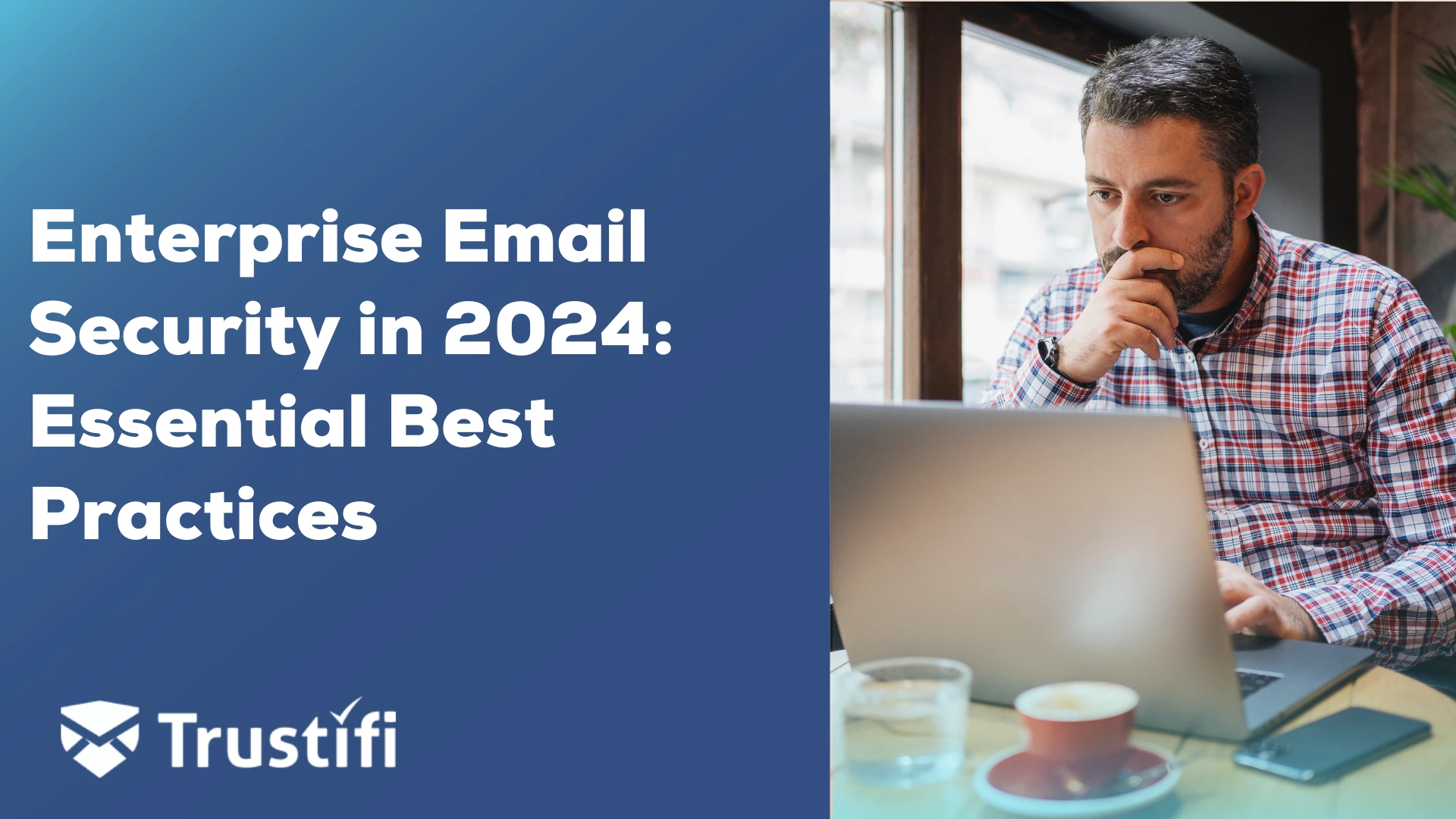By Nancy Richardson, President – VOC Company, LLC
An increasing number of vertical industry market processes require extra security and data sensitivity. HIPAA and financial-based internal and client/consumer communications within the Healthcare and Financial markets are obvious examples. When you make your career in one of those fields you get use to certain standards when it comes to protecting the data that you process.
But even the most diligent of us can inadvertently overlook securing sensitive information, or think the document that we’re emailing internally is relatively innocuous and not worthy of protecting. Current email configurations often limit employees from effectively protecting business communications, particularly in business development – opening business to risks in sharing competitive information.
In this third blog in our three-part series, we’ll be talking about what you should be securing, encrypting, and tracking so that you can protect yourself, your business, and your clients.
What You Need to Know When You Work in Sales Engagement
In our last post, we discussed why HR professionals need to be extra diligent and especially sensitive to protecting the information they send via email. Much of the information HR sends is internal to the organization. But what if you’re a business development professional? Then the converse likely holds true — most of the information you send is external to your organization. Once your email leaves your inbox, you have almost no control about what happens to it.
This is why business development and sales professionals need to be particularly cautious when sending emails outside of the organization.
If you’re a business development professional, whether you know it or not, you’re transmitting quite a bit of organizational sensitive information. You’re definitely sending out a good deal of data that you wouldn’t want your competition — or even other prospects — to catch wind of. A simple sales contract could let your competition know your price points and about your prospect, allowing them to undercut or underbid you.
A prospect pipeline is a sales person’s lifeblood. Because of the unique nature of sales positions, which often require personnel to work remotely from the road, it’s imperative to protect your prospect list when transmitting it from device to device. If you’re like many professionals, you may rely on a service like Dropbox — or you may even email it to yourself! This puts your very professional lifeline at huge risk!
Many other types of organizations will work with prospects to develop a sort of “white label” product for resell. When negotiating pricing and product details a great deal of trade secret information may be emailed, back-and-forth. A non-disclosure agreement has limits in protecting your organization. What happens if your client’s email is breached and that information is leaked to your competitors? Despite the relatively limited reporting on cases of breaches involving intellectual property or trade secrets, they are still highly sought-after pieces of data by cybercriminals.
Fortunately, there are ways to protect yourself and your organization. By using a simple secure email lifecycle management tool, you can be assured that your emails — and their attachments — are protected end-to-end. Not only that, but you can track the email through its entire lifecycle, from send, receive, open, read, forward, and print. Protect your assets and protect your business by ensuring that your email is secure.
Through this four-part blog series, you’ve gained insight into the internal and external business communications risks, often overlooked. What other information do you think needs to be secured?


